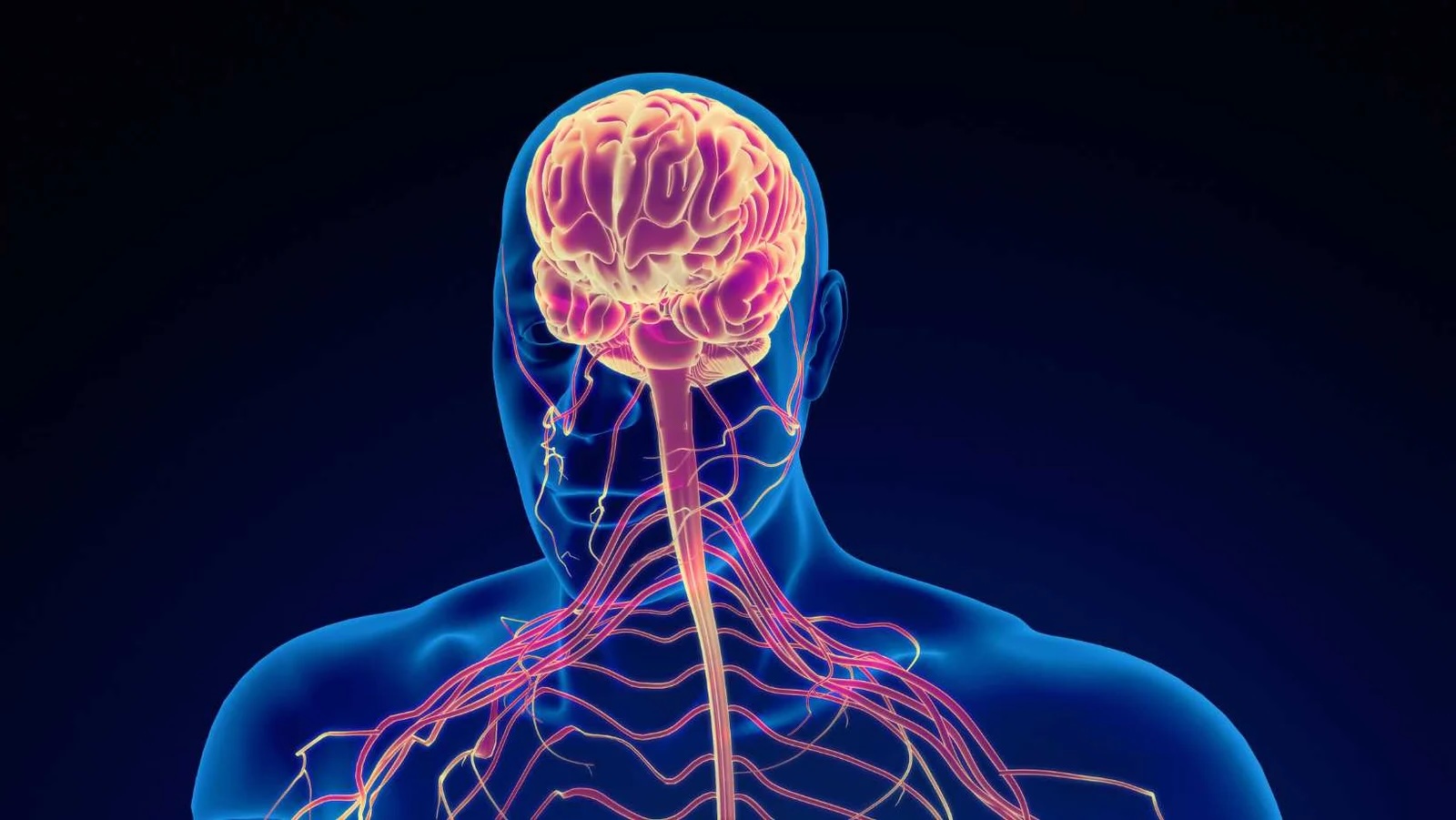
Machado–Joseph Azorean Disease is a rare genetic disorder that affects the nervous system, leading to a range of symptoms like muscle stiffness, difficulty with coordination, and problems with speech. Named after the families in the Azores who first reported it, this condition is also known as Spinocerebellar Ataxia Type 3. Understanding this disease is crucial for those affected and their families, as it can significantly impact daily life. In this blog post, we'll explore 25 key facts about Machado–Joseph Azorean Disease, shedding light on its causes, symptoms, and potential treatments. Stay informed and learn how to manage and support those living with this challenging condition.
Key Takeaways:
- Machado–Joseph Azorean Disease, also known as SCA3, affects muscle control and coordination. It's inherited and impacts the brain, muscles, and speech. While there's no cure, treatments like therapy and medications can help manage symptoms and improve quality of life.
- Research is ongoing to find better treatments and a cure for Machado–Joseph Azorean Disease. Gene therapy, clinical trials, and stem cell research offer hope for the future. Support groups, balanced diet, and regular check-ups are essential for living with this condition.
What is Machado–Joseph Azorean Disease?
Machado–Joseph Azorean Disease, also known as Spinocerebellar Ataxia Type 3 (SCA3), is a rare genetic disorder. It primarily affects muscle control and coordination. Here are some intriguing facts about this condition.
-
Genetic Origin: This disease is inherited in an autosomal dominant pattern, meaning one copy of the altered gene in each cell is enough to cause the disorder.
-
Discovery: Named after two Portuguese families, Machado and Joseph, who were among the first to be diagnosed.
-
Symptoms: Symptoms usually appear in adulthood, typically between ages 30 and 50. They include clumsiness, difficulty with balance, and involuntary eye movements.
How Does It Affect the Body?
The disease impacts various parts of the body, leading to a range of symptoms. Understanding these effects can help in managing the condition better.
-
Neurological Impact: It primarily affects the cerebellum, the part of the brain responsible for coordination and balance.
-
Muscle Weakness: Progressive muscle weakness is common, often starting in the legs and spreading to other parts of the body.
-
Speech Difficulties: Many patients experience slurred speech due to muscle control issues.
-
Eye Movement: Involuntary eye movements, known as nystagmus, are a hallmark of the disease.
Diagnosis and Testing
Early diagnosis can help manage symptoms more effectively. Here are some key points about how the disease is diagnosed.
-
Genetic Testing: A definitive diagnosis is made through genetic testing, which identifies the specific mutation in the ATXN3 gene.
-
MRI Scans: MRI scans can show atrophy in the cerebellum and brainstem, which are indicative of the disease.
-
Family History: A detailed family history can provide clues, as the disease is inherited.
Treatment and Management
While there is no cure, various treatments can help manage symptoms and improve quality of life.
-
Physical Therapy: Helps maintain muscle strength and improve coordination.
-
Speech Therapy: Assists with speech difficulties, helping patients communicate more effectively.
-
Medications: Certain medications can help manage symptoms like muscle stiffness and tremors.
-
Assistive Devices: Tools like walkers and wheelchairs can aid mobility.
Living with Machado–Joseph Azorean Disease
Living with this condition poses challenges, but with the right support, patients can lead fulfilling lives.
-
Support Groups: Joining support groups can provide emotional support and practical advice.
-
Diet and Nutrition: A balanced diet can help maintain overall health and energy levels.
-
Regular Check-ups: Frequent medical check-ups are essential for monitoring the progression of the disease.
Research and Future Prospects
Ongoing research aims to find better treatments and, ultimately, a cure for Machado–Joseph Azorean Disease.
-
Gene Therapy: Researchers are exploring gene therapy as a potential treatment.
-
Clinical Trials: Various clinical trials are underway to test new medications and therapies.
-
Stem Cell Research: Stem cell research offers hope for regenerating damaged brain cells.
Interesting Facts
Here are some lesser-known facts that shed more light on this rare disease.
-
Global Prevalence: While it is more common in people of Portuguese descent, cases have been reported worldwide.
-
Life Expectancy: Life expectancy varies but can be normal with proper management.
-
Famous Cases: Some well-known individuals have been diagnosed, raising awareness about the condition.
-
Support Organizations: Numerous organizations provide resources and support for patients and families.
-
Awareness Days: Special days are dedicated to raising awareness and funds for research.
Final Thoughts on Machado–Joseph Azorean Disease
Machado–Joseph Azorean Disease, also known as Spinocerebellar Ataxia Type 3, is a rare genetic disorder that affects coordination and movement. Originating from the Azores, this condition has spread globally, impacting families with Portuguese ancestry. Symptoms often appear in adulthood, leading to progressive muscle weakness, difficulty walking, and speech problems. While there's no cure yet, research continues to advance, offering hope for future treatments. Genetic testing can help identify carriers, providing crucial information for family planning. Support groups and medical professionals play a vital role in managing the disease, offering resources and emotional support. Understanding this condition is essential for those affected and their loved ones. By raising awareness and supporting research, we can work towards better treatments and, ultimately, a cure. Stay informed, support each other, and never lose hope.
Frequently Asked Questions
Was this page helpful?
Our commitment to delivering trustworthy and engaging content is at the heart of what we do. Each fact on our site is contributed by real users like you, bringing a wealth of diverse insights and information. To ensure the highest standards of accuracy and reliability, our dedicated editors meticulously review each submission. This process guarantees that the facts we share are not only fascinating but also credible. Trust in our commitment to quality and authenticity as you explore and learn with us.
